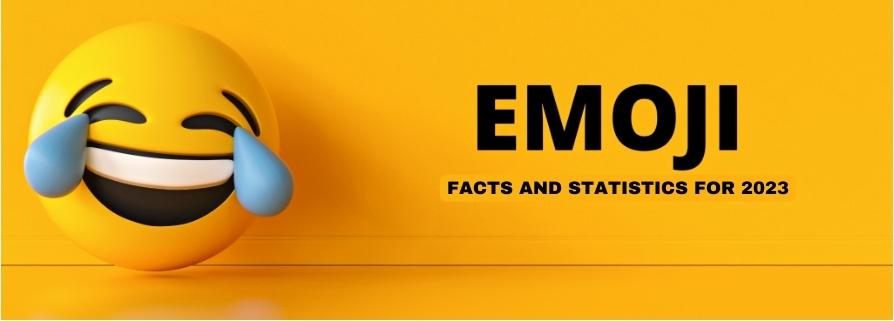
20 Apr TOP FACTS EMOJI AND STATISTICS IN 2023
Emojis have become a ubiquitous part of our online lives. Emojis are ideograms and smileys used in electronic messages and web pages. Emoji exist in various genres, including facial expressions, everyday objects, places, types of weather, animals, and even more. They are much like emoticons, but emojis are actual pictures instead of typography. They express emotions, convey messages, and add personality to our texts and tweets. With their popularity only increasing, it’s no surprise that there are some interesting facts and stats about emoji usage. This is why we decided to craft an ultimate list of the most fun and surprising emoji facts and stats.
EMOJI FACTS AND STATISTICS (EDITORS CHOICE)
- Emoji use has increased by 775% over the past three years
- 92% of millennials use emojis daily
- There are over 3,000 different emojis available today
- Including emojis in your social media post can increase engagement by 25.4%
- Women are 16% more likely to use emojis than men
- There is a 775% increase in emoji usage in business messages
Facts Emoji : 15 Top Emoji Statistics and Data for 2023
Facts Emoji #1: The first emoji was created in 1999 by Shigetaka Kurita.
In 1999, Shigetaka Kurita first designed the first emoji as a part of a project for Japan’s leading mobile communications company NTT DoCoMo. The word “emoji” comes from the Japanese words “e” (picture) and “moji” (letter or character). The first emoji was created to provide a way to convey emotion or information quickly and conveniently. Since then, emojis have become a trendy way to communicate, with new designs being added regularly. While some people may bemoan the use of emojis as a lazy form of communication, there’s no denying that they’ve become a staple in our digital lives.

Facts Emoji #2: Emoji use has increased by 775% over the past three years.
Emoji use has exploded in recent years, with a whopping 775% increase over the past three years. And it’s not just millennials who are using them – people of all ages are getting in on the action. Even brands are using emojis to connect with their customers.
Interestingly, emoji usage varies by country. For example, in the United States, the most popular emoji is the grinning face with sunglasses, while in France, it’s the heart eyes emoji. This shows that emojis can be a universal way to communicate despite the language barrier.
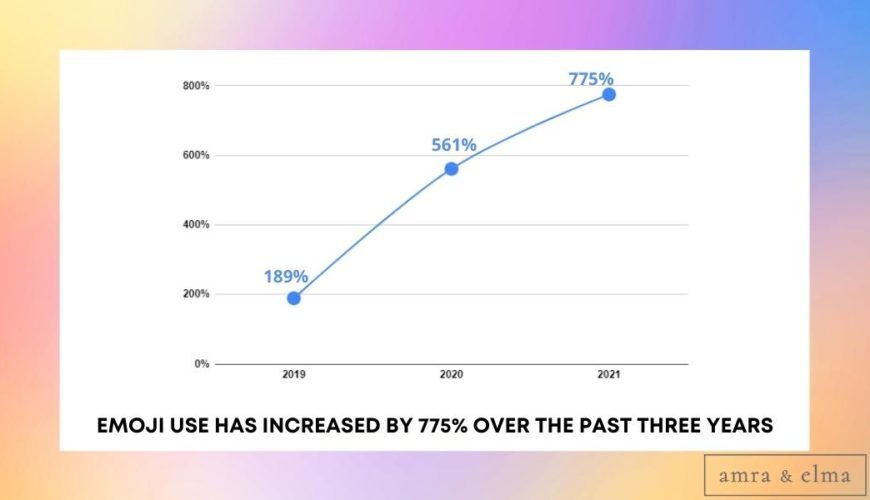
Facts Emoji #3: 92% of millennials use emojis daily.
Emojis have become a staple of millennial communication. According to a recent study by Pew Research Center, 92% of millennials use emojis on a daily basis. And it’s not just in personal texts and social media posts – emojis also show up in professional emails and even resumes. Given the ubiquity of emojis, it’s no surprise that they’re often used to convey complex emotions and ideas. Some emoji experts believe that they can be more effective than words in describing specific messages. So the next time you’re struggling to find the right words, consider reaching for an emoji instead. It could just be the perfect way to get your message across.
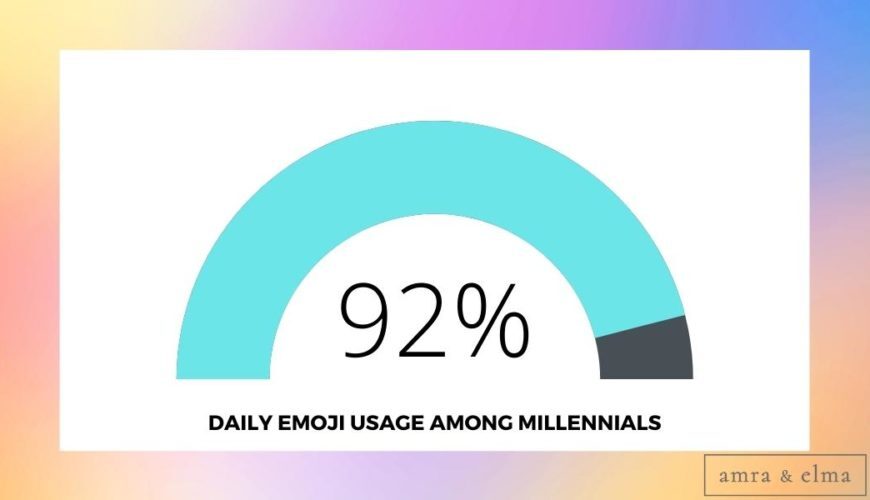
Facts Emoji #4: Women are 16% more likely to use emojis than men.
A study by Frontiers recently found that women are 16% more likely to use emojis than men. But what does this mean? Well, for one thing, it suggests that women are more expressive in general than men. But it could also mean that women are better at using non-verbal communication or enjoy using emojis more than men. Of course, it’s also possible that women feel more comfortable communicating with emojis because they’re less likely to be misinterpreted than words. Whatever the reason, it’s clear that emojis are becoming an increasingly important part of how we communicate – and women are leading the way.

Facts Emoji #5: 52% of Twitter posts include an emoji
A recent study by Pew Research Center has found that 52% of all Twitter posts include an emoji. This is a significant increase from the 6% of posts that contained an emoji just four years ago. Emoji are a popular way to express emotion or add a visual element to a text-based message. They can also help to clarify the tone of a message, which can be particularly important in a medium like Twitter where messages are often brief and direct. The use of emoji has been found to increase engagement, with posts that contain emoji receiving more likes and retweets than those that don’t. As a result, it’s not surprising that more and more people are using them in their tweets.
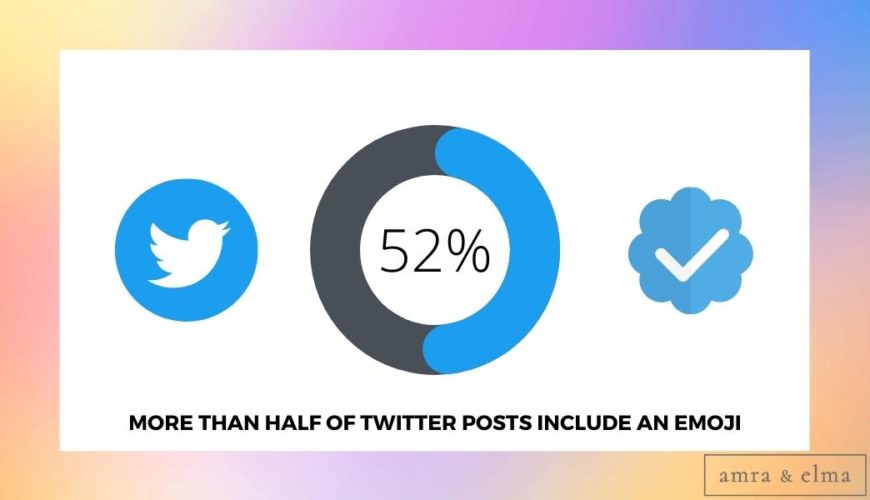
Facts Emoji #6: Negative emoji usage grows to 28.9% during the election week
According to Frontiers, during the week of the election, negative emoji use grew to 28.9%. This is a significant increase from the average of 22.1% negative emoji use during a non-election week. The study also found that users were more likely to use negative emoji when talking about politics, regardless of their political affiliation. This suggests that people are feeling increasingly frustrated and hopeless about the state of politics. However, it’s important to remember that emoji use is not a perfect indicator of mood or emotion. So while this data provides a useful snapshot of how people are feeling, it should not be used as a definitive guide to public opinion.

Facts Emoji #7: There is a 775% increase in emoji usage in business messages.
A study done by by Pew Research Center found that there has been a 775% increase in the use of emojis in business messages over the past year. While this may seem like a frivolous use of time and resources, emojis can be a valuable communication tool. They can help convey complex concepts quickly and effectively in a fast-paced work environment. Furthermore, they can help to build rapport and trust between team members. When used judiciously, emojis can be a powerful asset in the business world. So the next time you’re struggling to find the right words, reach for your favorite emoji instead.
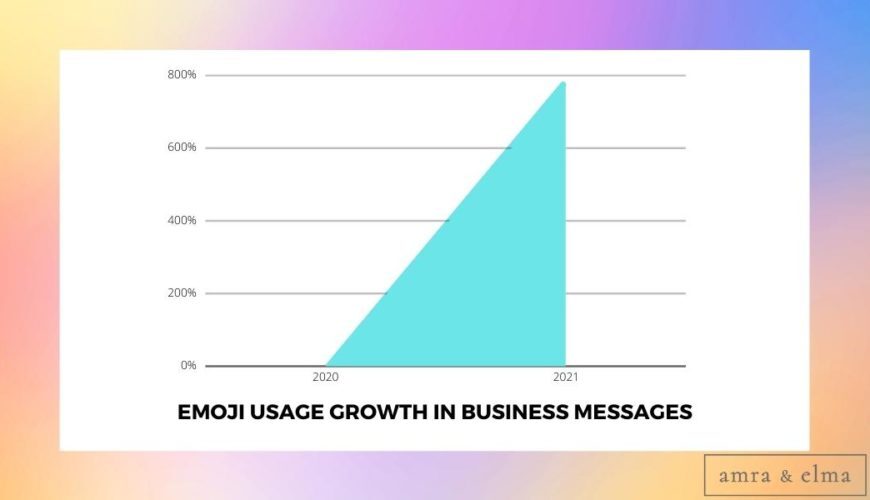
If you’re looking for a surefire way to increase engagement on your social media posts, you might consider adding an emoji or two. A recent study by Frontiers found that posts that included emojis saw a 25.4% increase in engagement over those that didn’t. The study also found that posts with multiple emojis saw even higher levels of engagement, with an average increase of 74%.
So why do emojis have such a significant impact on engagement? It could be because they help to add personality and emotion to the otherwise bland text. Or it could be because they make posts more visually appealing, which makes people more likely to stop and take notice.
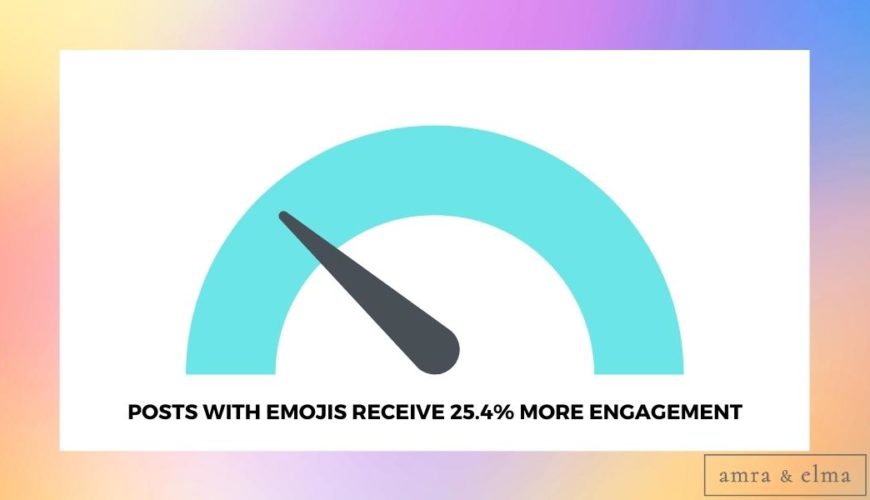
Facts Emoji #9: The most popular emoji is the “Face with Tears of Joy.”
The most popular emoji is the “Face with Tears of Joy” emoji, and it’s not hard to see why. Sometimes, words aren’t enough to express how you’re feeling. That’s where emojis come in. They allow you to communicate emotions concisely and universally. The “Face with Tears of Joy” emoji is the perfect way to express happiness, whether texting your best friend or tweeting your favorite meme. And it’s not just the most popular emoji – it’s also the most versatile. The “Face with Tears of Joy” emoji has got you covered whether you’re feeling happy, sad, or anything in between.

Facts Emoji #10: There are over 3,000 different emojis available today.
Over 3,000 emojis are available today, ranging from smiley faces to animals to transportation. With so many options, it’s no wonder that emojis have become an essential part of communication for billions of people. Whether used to add a little personality to a text message or convey an emotion that words cannot describe, emojis have become a universal language that everyone can enjoy.
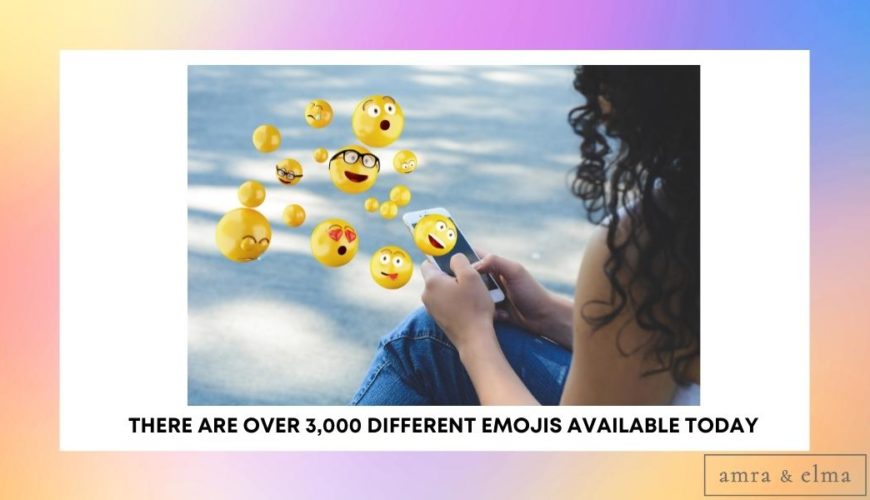
Facts Emoji #11: In 2007 Google petitioned the Unicode Consortium to recognize emojis.
In 2007, a team at Google petitioned the Unicode Consortium to recognize emojis. The petitioners argued that emojis were a valuable form of communication that deserved to be given official status. They also noted that the existing system for encoding emojis was inefficient and led to compatibility problems. The Unicode Consortium agreed, and in 2010 they released the first version of the Unicode Standard that included emojis. Since then, emojis have exploded, becoming an essential part of digital communication. It’s hard to imagine a world without them!
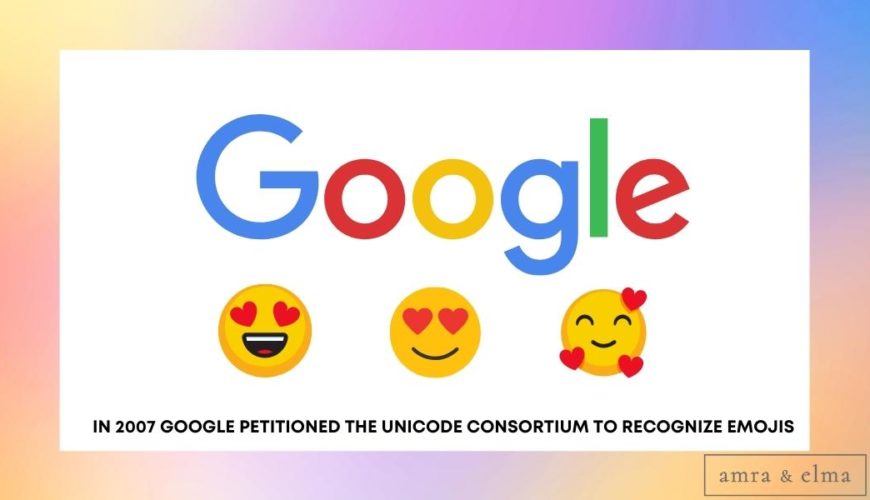
Facts Emoji #12: Oxford English Dictionary named an emoji its “Word of the Year” in 2015
In 2015, the Oxford English Dictionary made history by naming an emoji its “Word of the Year.” The little yellow face with a big grin and two eyes closed in ecstasy was selected to represent the evolving nature of language, as more and more people communicate using images and symbols rather than words. While some purists may decry the death of traditional language, the reality is that communication is constantly evolving, and emojis are simply the latest tool in our ever-expanding arsenal. In a world where we can instantly communicate with anyone, anywhere, it’s no wonder that this visual language is becoming increasingly popular. So whether you’re a fan of emojis or not, it’s time to embrace them as the new normal.
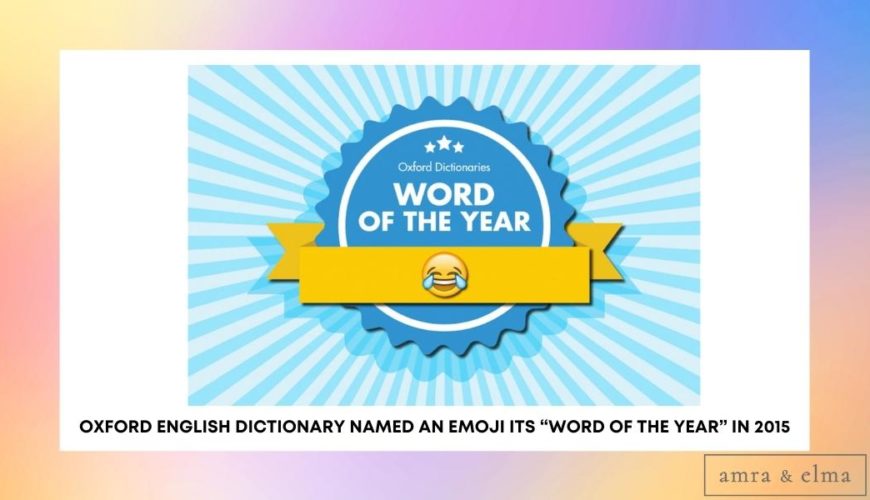
Facts Emoji #13: Apple was the first company to support emojis in 2011
In 2011, Apple made history by becoming the first company to support emojis. The move was a watershed moment for the tiny pictographs, which had been primarily confined to Japanese cell phones. With Apple’s backing, emoji quickly gained mainstream popularity, spreading to other platforms and becoming an essential part of digital communication. Today, it’s hard to imagine a world without emojis – but it might not have happened if not for Apple’s groundbreaking decision to support the tiny pictographs.
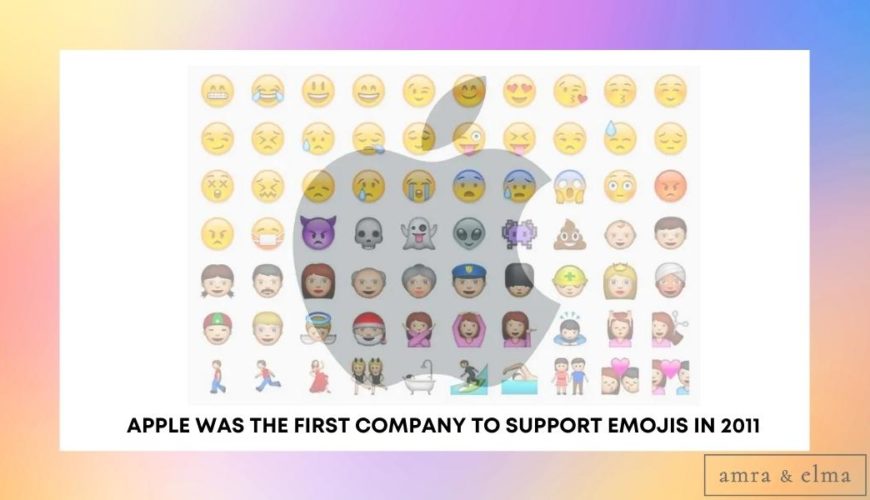
Facts Emoji #14: There is a World Emoji Day
On July 17th, the world comes together to celebrate World Emoji Day. This day is all about sharing our favorite emojis and celebrating how they have brought us closer together. From the first 

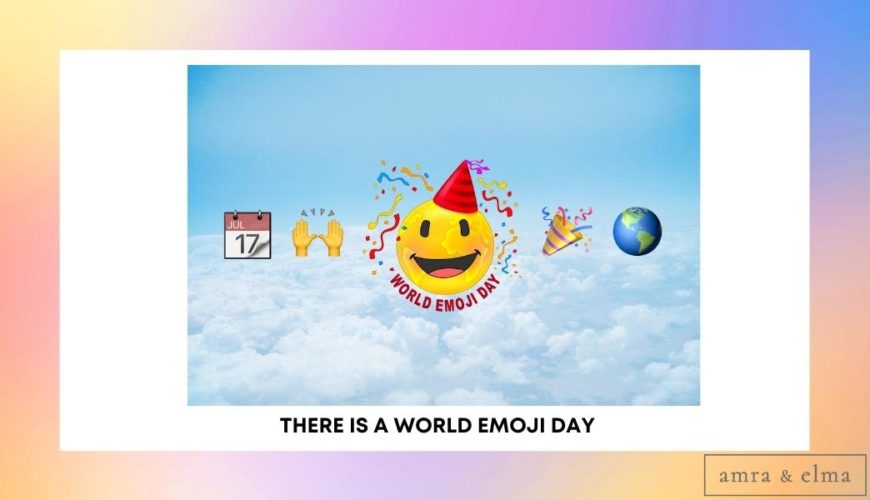
Facts Emoji #15: There is an official World Emoji Awards
That’s right – every year, the best and brightest emoji are celebrated in a star-studded ceremony. The event is open to the public, and anyone can submit their favorite emoji for consideration. Categories include “Best New Emoji” and “Emoji of the Year.” And who decides which emojis are deserving of these coveted titles? A panel of expert judges, of course. So if you’re an emoji fan, be sure to tune into the World Emoji Awards – you might see your favorite little icon take home the prize.
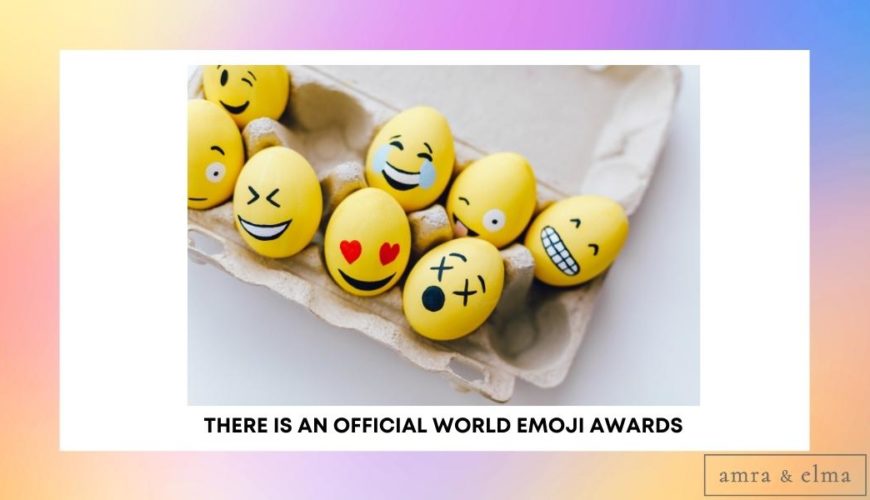
Final Words – Emoji Facts and Statistics
The humble emoji has come a long way since its inception in the late 1990s. Once used primarily to convey simple emotions or ideas, emojis have evolved into a versatile form of communication, capable of expressing a wide range of human experiences. And with over 3,000 different emojis to choose from, it’s not hard to see why. Whether you’re feeling happy, sad, angry, or anything in between, there’s sure to be an emoji that perfectly capture your mood. Since emoji usage has grown exponentially in recent years, it doesn’t seem to be slowing down anytime soon. So don’t be afraid to express yourself with emojis – they’re here to stay!


 emoji face is officially the world’s most popular emoji, according to researchers from Adobe who surveyed 7,000 users across the United States, the United Kingdom, Germany, France, Japan, Australia, and South Korea. The “thumbs up”
emoji face is officially the world’s most popular emoji, according to researchers from Adobe who surveyed 7,000 users across the United States, the United Kingdom, Germany, France, Japan, Australia, and South Korea. The “thumbs up”  emoji came in second, followed by the “red heart”
emoji came in second, followed by the “red heart”  emoji.
emoji.
 : Graduation cap and ring – the best emoji combinations that show celebrating a graduation
: Graduation cap and ring – the best emoji combinations that show celebrating a graduation
 : Party poppers – the best emoji combinations showing the celebration of a birthday or other special occasion
: Party poppers – the best emoji combinations showing the celebration of a birthday or other special occasion
 : Smiling face with sunglasses and raised hands – the best emoji combinations indicating approval or satisfaction
: Smiling face with sunglasses and raised hands – the best emoji combinations indicating approval or satisfaction : Woman, girl, boy – the best emoji combinations representing a family or group
: Woman, girl, boy – the best emoji combinations representing a family or group